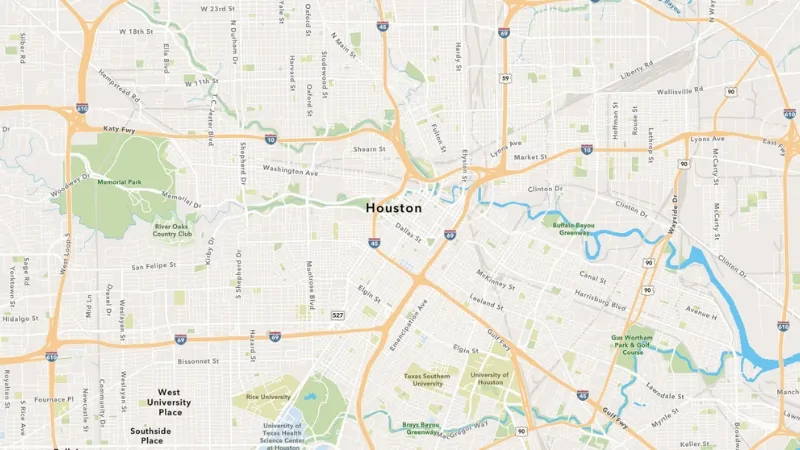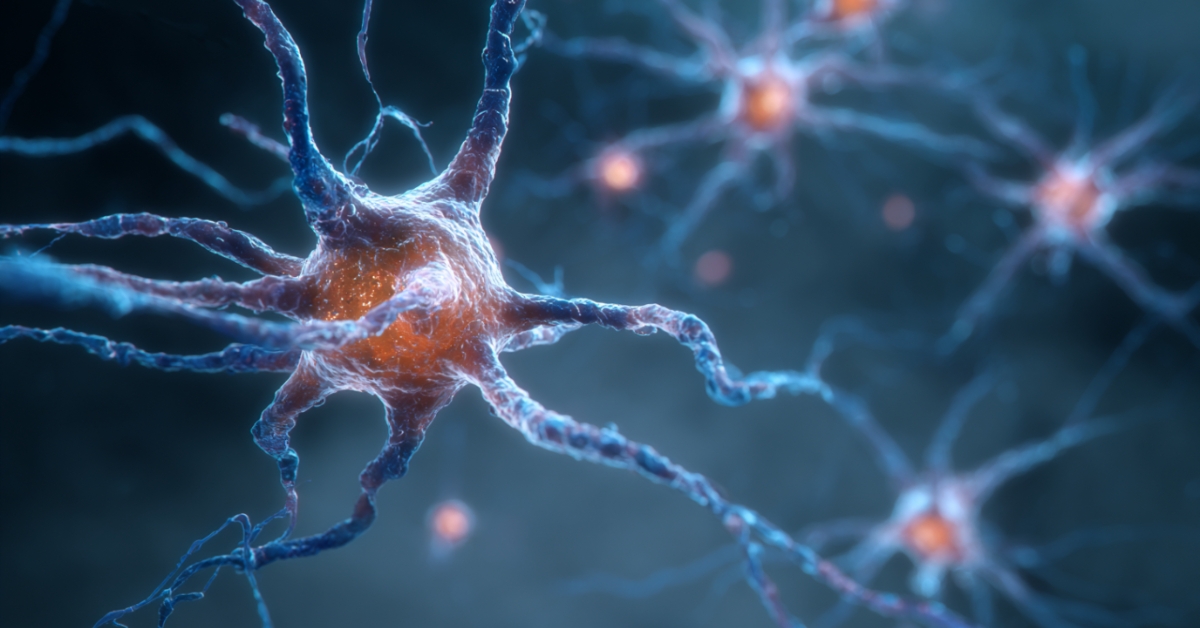Houston, the fourth most populous city in the U.S., is located on the Gulf Coast plain and the biggest one in Texas.
Founded in 1836 and incorporated as a city on June 5, 1837, it was named after General Sam Houston, who served as president of the Republic of Texas.
The city is connected to the Gulf of Mexico by the Houston Ship Channel, making it one of the busiest ports in the country and a major export hub.
Houston is known for its Texas Medical Center, the largest healthcare and research complex in the world, and NASA’s Johnson Space Center, home to the Mission Control Center.
With a 2025 population of 2,319,119, Houston anchors a larger metropolitan area known as Greater Houston, which had an estimated population of 6,802,000 according to Macrotrends.
The city also has a thriving arts scene, which includes the oldest African-American theater in the Southwest and a significant role in U.S. space exploration.
Table of Contents
ToggleHouston’s Geography and Unique Features
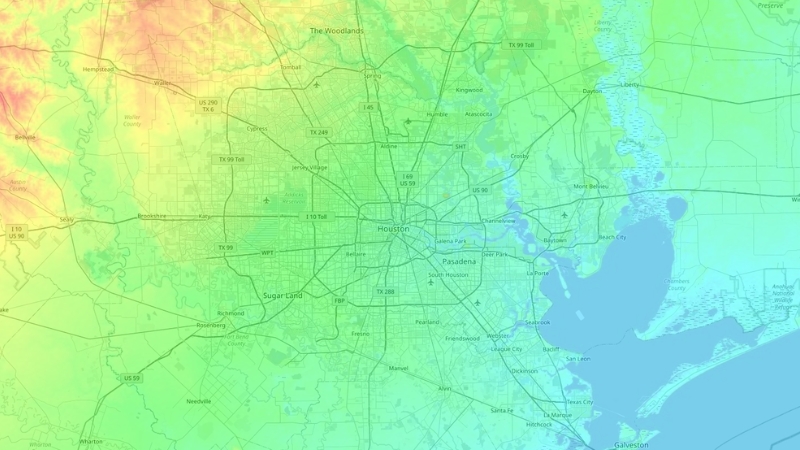
Location and Size
Houston is located 165 miles east of Austin, 88 miles west of the Louisiana border, and 250 miles south of Dallas. It spans a total area of 637 square miles, including 600 square miles of land and 22 square miles of water.
The city lies mostly on the Gulf Coastal Plain, with its landscape shifting from Western Gulf coastal grasslands in the south to the subtropical forest known as the Big Thicket to the north.
Natural Terrain and Flooding Challenges
Built largely on former forests, marshes, and swamps, Houston’s flat terrain presents ongoing flooding risks, particularly as greenfield development continues.
Downtown Houston sits at about 50 feet above sea level, with the highest points reaching 150 feet.
Historically reliant on groundwater, the city shifted to surface water sources like Lake Houston, Lake Conroe, and Lake Livingston to address land subsidence.
Houston now has access to 1.2 billion gallons of surface water per day, supplemented by groundwater.
Bayous and Waterways
Four major bayous—Buffalo Bayou, White Oak Bayou, Brays Bayou, and Sims Bayou—flow through the city and connect to Houston’s extensive drainage system, designed to manage stormwater and mitigate flooding.
Buffalo Bayou runs through downtown and forms part of the Houston Ship Channel, continuing past Galveston into the Gulf of Mexico.
These bayous are crucial for flood control and connect the city to the Gulf.
Geology and Faults
Houston’s geology is shaped by deep layers of clays, sands, and marine deposits from ancient river flows.
These layers have gradually compacted over time, creating rich oil and gas deposits.
Houston’s underlying salt domes are responsible for its oil and gas resources, as these formations trap hydrocarbons that have seeped up through the porous rock layers.
Over 150 active faults span 310 miles within the Houston area, though most move gradually without significant earthquake activity.
City Layout and Development Patterns
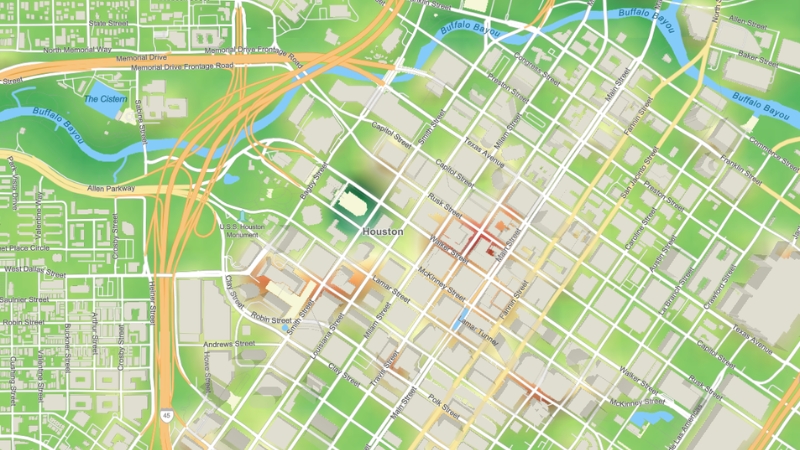
Houston’s original six wards evolved into 11 City Council districts, with development classified by areas inside or outside the 610 Loop.
Inside this “Inner Loop” are downtown, historic neighborhoods, and high-density developments, while suburban business hubs like Uptown, Westchase, and the Energy Corridor lie beyond it.
Houston lacks formal zoning laws but regulates development through lot size requirements and parking rules, allowing both density and suburban growth.
Land Use and Urban Sprawl
Houston’s absence of strict zoning regulations has led to a mix of urban and suburban growth, making it unique among major U.S. cities.
In 1998, the city reduced minimum lot sizes, sparking a surge in residential construction.
This approach has supported affordable housing, protecting the city from severe impacts during the 2008 real estate crisis, with a record $30 billion in home sales in 2019.
Climate and Weather Patterns
Houston experiences a humid subtropical climate with hot, humid summers and mild winters.
Summers bring temperatures above 90°F for over 100 days a year, while winter lows occasionally dip below freezing.
The Gulf of Mexico and Galveston Bay contribute to high humidity and the occasional spring tornado.
Houston is no stranger to snowfall, although it remains rare, with memorable snow events in 2004, 2008, and 2017.
Flood Risks and Major Storm Events
Today in 2017, Hurricane Harvey makes landfall south of Houston, as a category 4 hurricane, producing catastrophic flooding totalling 51” and 36 deaths in Harris County. #houwx
— Houstorian (@Houstorian) August 25, 2024
Houston is prone to flooding due to its flat topography and clay-heavy soil, which prevents water from draining quickly.
The city has endured major floods from events like Hurricane Harvey in 2017 and Tropical Storm Imelda in 2019.
These floods highlighted the need for resilient building codes, leading to regulations that require homes to be built higher in flood-prone areas.
Air Quality Concerns
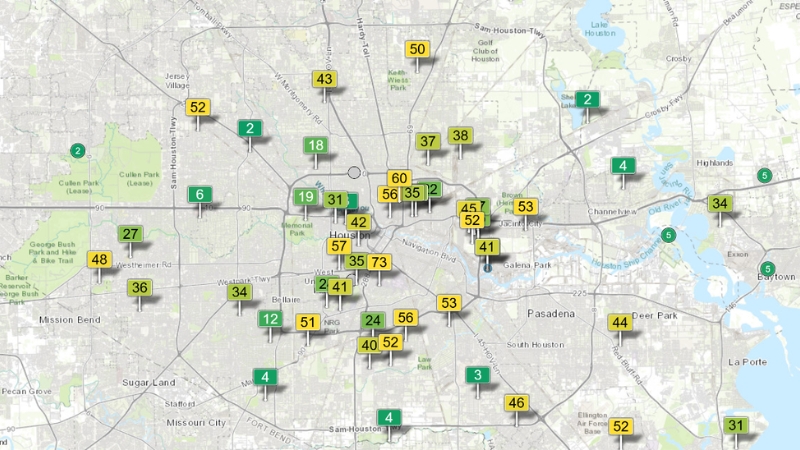
Air pollution, particularly ground-level ozone or smog, is a significant issue in Houston, exacerbated by the nearby industrial areas along the Houston Ship Channel.
Though the city frequently ranks high for peak pollution, constant winds from the Gulf help maintain lower average ozone levels than other major urban areas.
Development in Floodplains
New regulations following Hurricane Harvey encourage flood-resilient construction.
Developers must now build two feet above the 500-year floodplain to reduce flood risk.
In one notable case, a developer plans to build 900 homes on an old floodplain golf course, requiring innovative drainage solutions to comply with new guidelines and protect future residents from flooding.
Houston Population 2025
10 Biggest Cities After Houston
Rank
City
Population (Current)
Population (Previous)
Population Density (per sq mile)
Land Area (sq miles)
Growth Rate
Type
1
Houston
2,319,119
2,302,488
3,620
640.6
0.21%
City
2
San Antonio
1,513,974
1,473,325
3,034
498.9
1.25%
City
3
Dallas
1,302,753
1,297,358
3,835
339.7
-0.01%
City
4
Fort Worth
996,756
957,103
2,846
350.3
1.87%
City
5
Austin
984,567
975,418
3,017
326.4
0.48%
City
6
El Paso
678,859
677,788
2,623
258.8
-0.01%
City
7
Arlington
399,825
394,747
4,172
95.8
0.35%
City
8
Corpus Christi
316,105
316,147
1,948
162.3
-0.15%
City
9
Plano
291,450
289,750
4,065
71.7
0.43%
City
10
Lubbock
269,833
264,083
1,901
142.0
1.11%
City
Houston, located in Fort Bend County, Texas, has a current population of 2,319,119 as of 2025.
The city is growing at an annual rate of 0.21%, with an increase of 0.86% since the 2020 census, which recorded a population of 2,299,269.
This growth makes Houston the 4th largest city in the U.S. and the largest in Texas according to World Population Review.
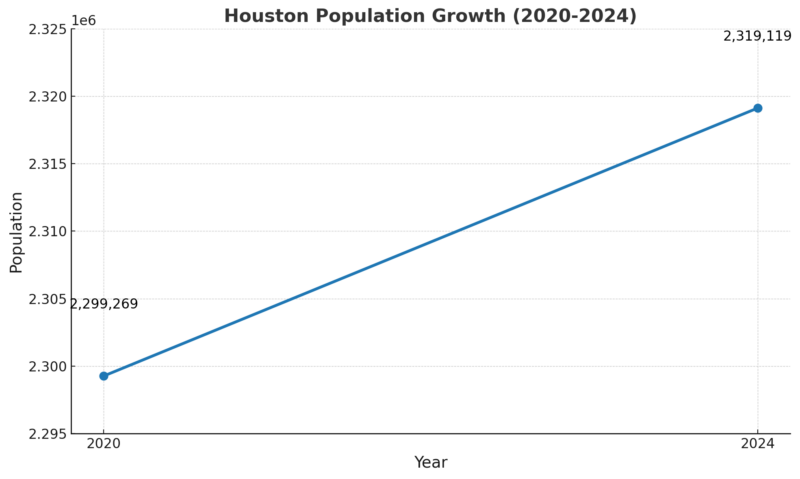
Houston is also the central city of the Houston-The Woodlands-Sugar Land metropolitan area, which ranks as the 5th largest in the United States with a population exceeding 6 million.
Economic Profile
Houston has a robust economy, ranking just behind New York City in the number of Fortune 500 headquarters.
The city has long been a hub for industries such as energy, healthcare, aerospace, and shipping due to its port location.
The average household income is $97,458, but the poverty rate is relatively high at 19.6%.
Houston’s median age of 33.9 years reflects its attractiveness to younger populations and new immigrants seeking employment and educational opportunities.
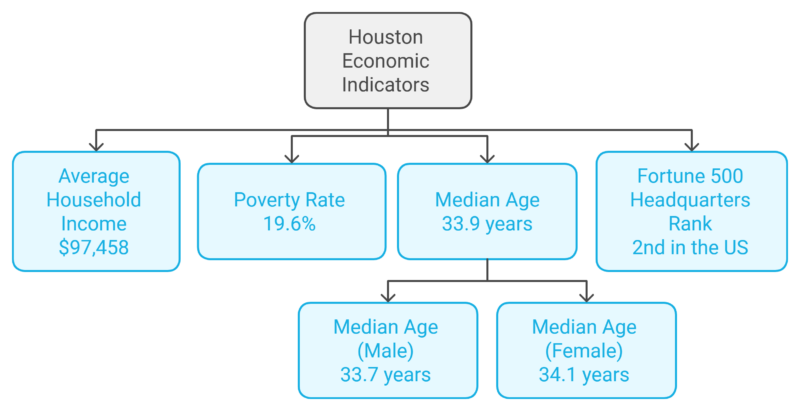
Cultural Diversity
Houston is a highly multicultural city, influenced by its educational institutions, diverse industries, and international port.
Residents speak over 90 languages, and the city’s young population partly reflects ongoing immigration.
It is estimated that Houston has about 400,000 undocumented residents, with a Hispanic population that ranks 3rd largest in the United States.
The racial composition has shifted significantly since 1970 when non-Hispanic whites made up 62% of the population.
Today, the city is racially and ethnically diverse, with an increasing Hispanic population and a longstanding African American community.
Houston has also become a major destination for refugees, with nearly 1,600 arriving annually.
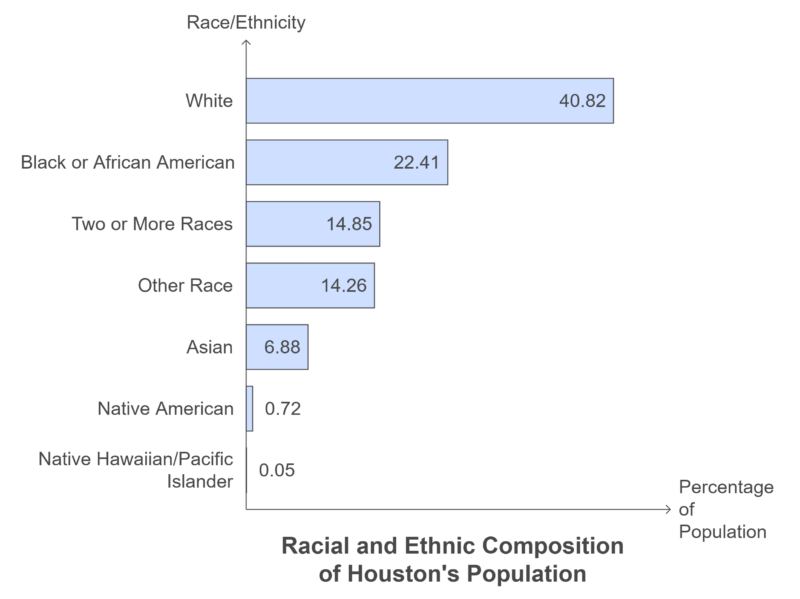
Population Growth Trends
Houston’s rapid growth has made it one of the fastest-expanding U.S. cities. Between 2011 and 2012, the city added over 34,000 residents, the second-largest increase in the country at the time.
This trend shows no signs of slowing, with projections suggesting the population will reach 2.52 million by 2020 and 2.8 million by 2030.
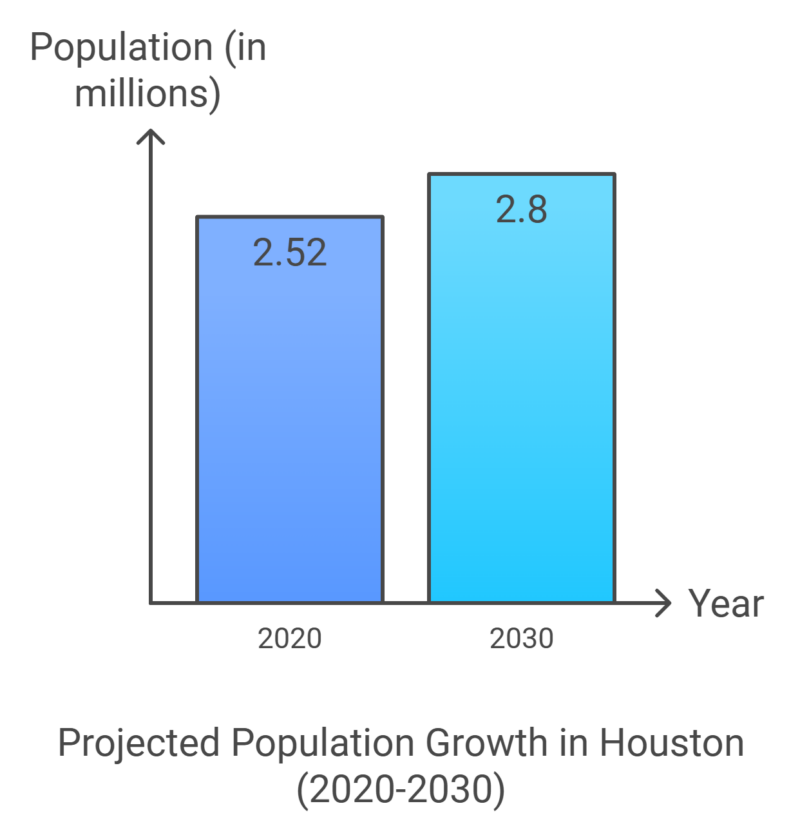
Historical Background
Houston was founded in 1836 by two New York entrepreneurs who purchased land along Buffalo Bayou, naming the city after General Sam Houston.
Incorporated in 1837, Houston became a temporary capital of the Republic of Texas and later a key cotton export hub.
Following the Civil War, the bayou system expanded to accommodate more trade, and by 1901, nearby oil discoveries led to Houston’s rise as a petroleum center.
By the 1950s, the city’s economic focus shifted towards energy as large corporations relocated to the area.
Since the 1990s, Houston has diversified its economy, reducing its dependency on oil.
Key Attractions in Houston
Space Center Houston
Space Center Houston is the official visitor center for NASA’s Johnson Space Center and a must-see for space enthusiasts.
It offers unique exhibits, including space artifacts like real moon rocks, interactive experiences, and tours of Mission Control. Visitors can learn about space exploration history and witness retired space shuttles up close.
Mission Control Center at Johnson Space Center

At the heart of NASA’s manned space missions, the Mission Control Center manages spaceflights for the International Space Station (ISS) and past missions, including the Apollo moon landings.
Visitors can explore the facility on guided tours, often getting a glimpse into the historic and current Flight Control rooms.
1940 Air Terminal Museum

Located at Hobby Airport, this art deco museum is dedicated to the history of civil aviation in Houston.
It showcases vintage aircraft, memorabilia, and exhibits that offer insight into the early days of air travel.
Bayou Place
Bayou Place is a downtown entertainment complex featuring theaters, restaurants, and bars. It’s a vibrant spot for nightlife, hosting venues like movie theaters and concert spaces, ideal for a night out in the city.
Bayou Music Center

The Bayou Music Center is an intimate concert venue in downtown Houston, hosting a wide range of events, from concerts to comedy shows.
It’s known for its versatile setup, which accommodates theater, cabaret, and club-style shows.
Miller Outdoor Theatre
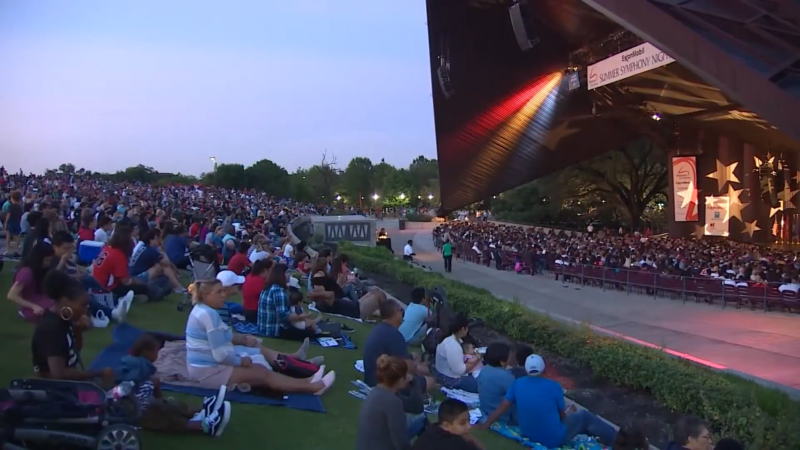
Located in Hermann Park, this free amphitheater offers a diverse lineup of performances, from music and theater to dance and multicultural events.
It’s a popular spot, especially in warmer months, where locals and visitors bring blankets and picnics to enjoy the open-air shows.
Museum of Fine Arts, Houston (MFAH)

As one of the largest art museums in the United States, MFAH houses over 65,000 works from around the world.
Its impressive collection includes everything from ancient art to contemporary pieces, and it frequently hosts world-renowned traveling exhibitions.
Houston Museum of Natural Science
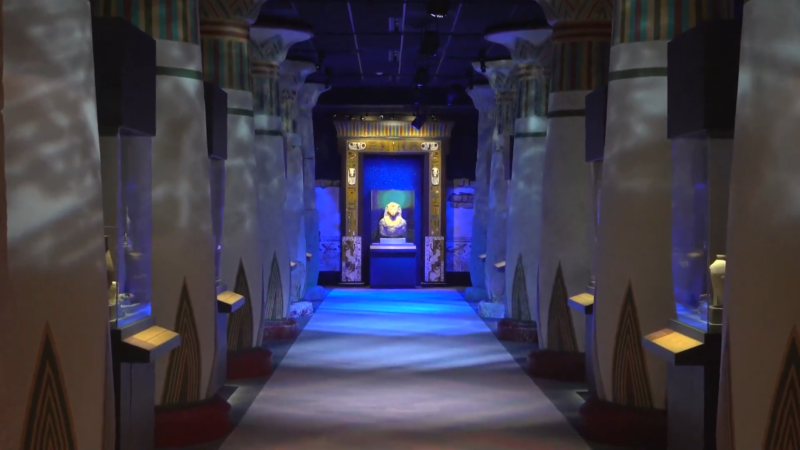
The museum is famous for its extensive collections, which include dinosaur fossils, gems, and Egyptian artifacts.
It’s also home to the Cockrell Butterfly Center and a planetarium, making it one of the city’s most visited museums.
Children’s Museum of Houston
With interactive exhibits focused on science, technology, and culture, the Children’s Museum is a favorite for families.
It encourages hands-on learning and offers immersive experiences for kids of all ages.
The Health Museum

Focused on medical science, The Health Museum provides engaging, hands-on exhibits about health, anatomy, and wellness.
It’s an educational experience suited for all ages and includes life-sized human organs and wellness workshops.
San Jacinto Battleground State Historic Site
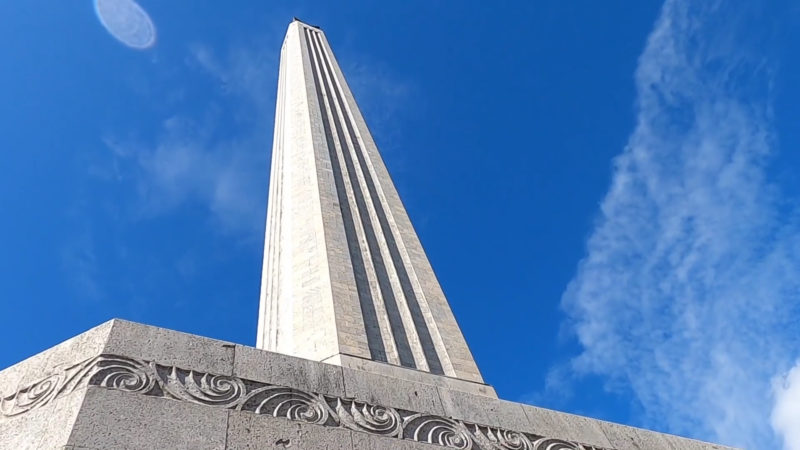
The site of the decisive Battle of San Jacinto, this historic location commemorates Texas’ independence from Mexico.
The park also houses the USS Texas (BB-35), a historic battleship that is now a floating museum at the battleground site.
Rothko Chapel
The Rothko Chapel is an interfaith, contemplative space featuring paintings by artist Mark Rothko.
It’s a serene destination that invites reflection and is a unique cultural landmark known for its peaceful atmosphere and minimalist design.
Hermann Park
Hermann Park is one of Houston’s premier public parks, featuring the Houston Zoo, a Japanese Garden, and the Miller Outdoor Theatre.
It’s a beautiful green space ideal for families and outdoor enthusiasts, with activities ranging from paddle boating to nature walks.
Memorial Park
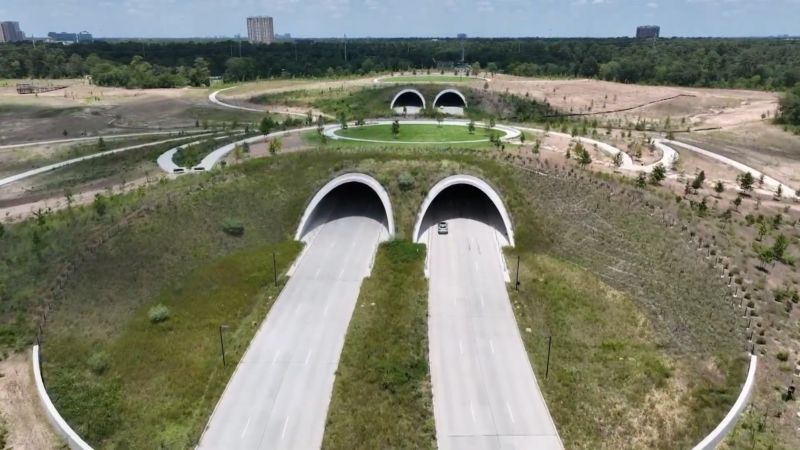
One of the largest urban parks in the U.S., Memorial Park offers extensive hiking and jogging trails, a golf course, and scenic areas for picnics.
It’s a popular spot for exercise and relaxation, nestled in a natural forest setting.
Discovery Green
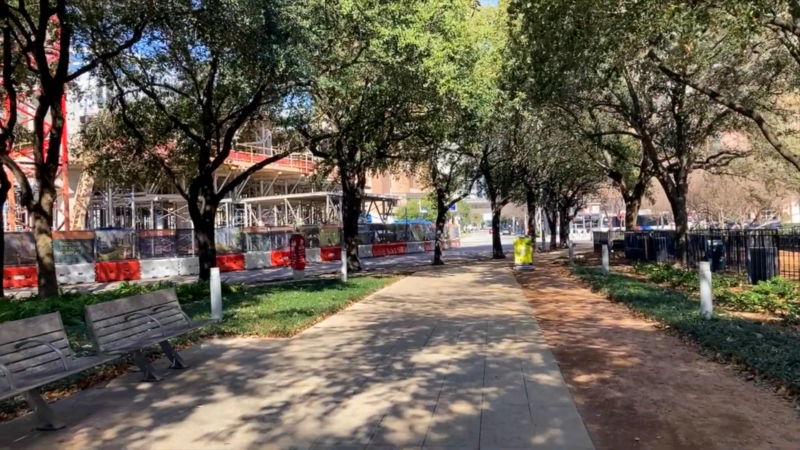
This lively park in downtown Houston features a lake, playgrounds, seasonal events, and outdoor art installations.
Discovery Green is a cultural hub that hosts community events, fitness classes, and outdoor concerts, making it a favorite gathering place.
Houston Arboretum & Nature Center
With trails and educational exhibits on local flora and fauna, the Arboretum is a sanctuary for nature lovers.
It provides an opportunity to explore Houston’s natural environment through walking paths and interactive exhibits.
The Galleria
As Houston’s premier shopping destination, The Galleria has over 400 stores, a large indoor ice-skating rink, and a variety of dining options.
The mall draws both locals and tourists, offering high-end shopping along with a diverse range of restaurants.
Minute Maid Park
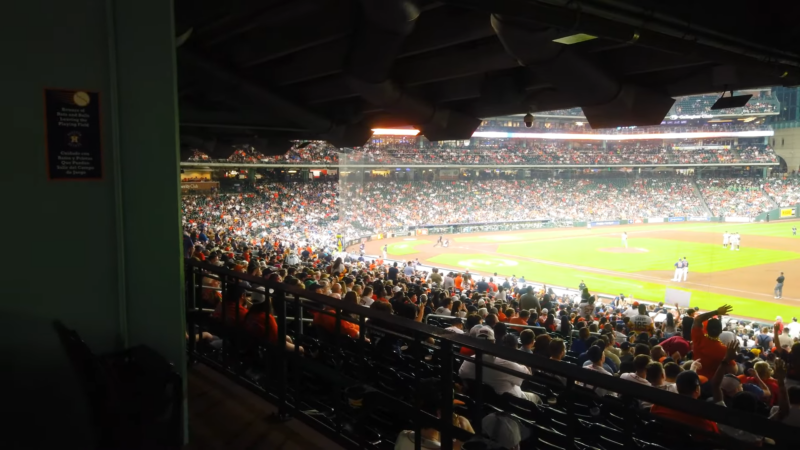
Home to the Houston Astros, Minute Maid Park features a retractable roof and a downtown location.
It offers baseball fans a modern stadium experience and is known for its unique design, which incorporates Houston’s historic Union Station.
Toyota Center
Hands up for a sold out @Harry_Styles show 🙌 pic.twitter.com/NEuObGhQNA
— Toyota Center (@ToyotaCenter) November 24, 2021
This indoor arena is home to the Houston Rockets and also hosts concerts and other major events.
It’s a premier spot for sports and entertainment, drawing large crowds year-round.
NRG Stadium
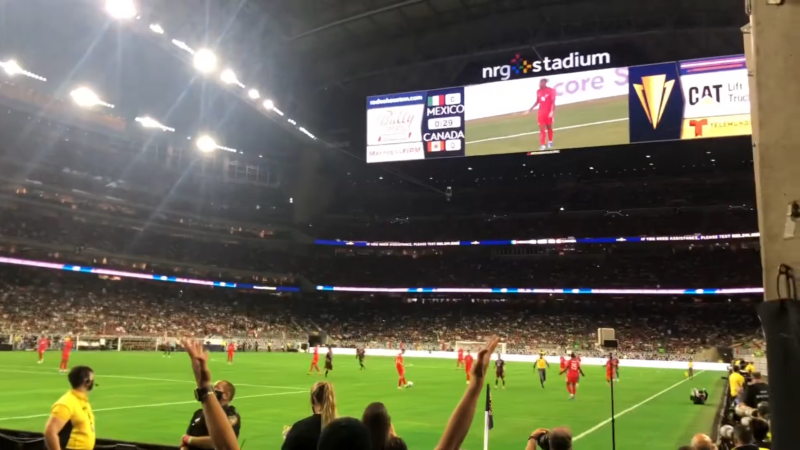
NRG Stadium, with its retractable roof, hosts football games, concerts, and Houston’s famous annual rodeo.
It’s a multi-purpose venue capable of seating over 70,000, making it one of the city’s most versatile event spaces.
Hines Waterwall Park
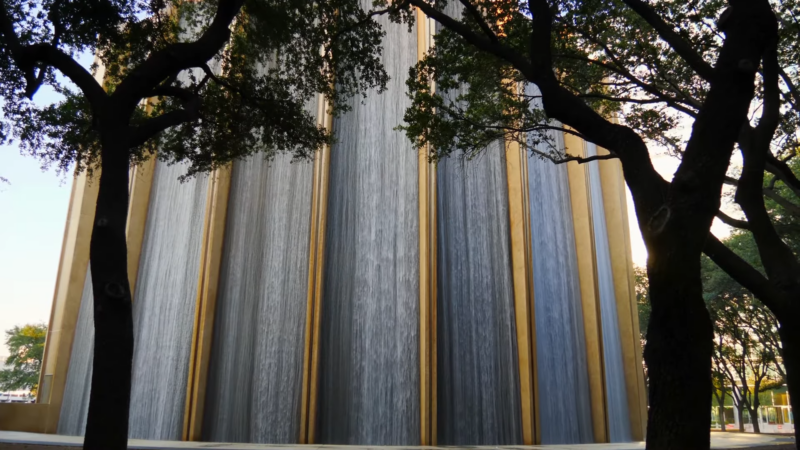
This 64-foot urban waterfall is a Houston landmark and a popular photo spot.
The park surrounding the Waterwall is ideal for picnics and relaxation, set against the backdrop of Houston’s Uptown district.
Market Square Park
Market Square Park is a historic downtown park featuring public art installations, food venues, and a dog run.
It’s a quaint spot for visitors looking to relax, with open lawns and shaded areas.
William P. Hobby Airport (HOU)
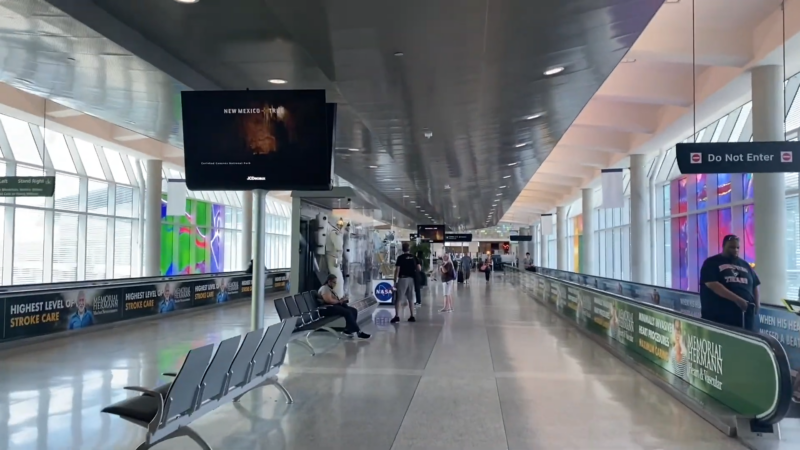
Located 8 miles southeast of downtown, Hobby Airport serves as a major airport for domestic flights, known for its efficiency and ease of access.
George Bush Intercontinental Airport (IAH)
As Houston’s primary international airport, IAH is located 20 miles north of downtown.
It’s a busy hub for both domestic and international travel, connecting Houston to cities worldwide.
References:
- Macrotrends – Greater Houston Metro Population
- World Population Review – Texas Cities by Population


